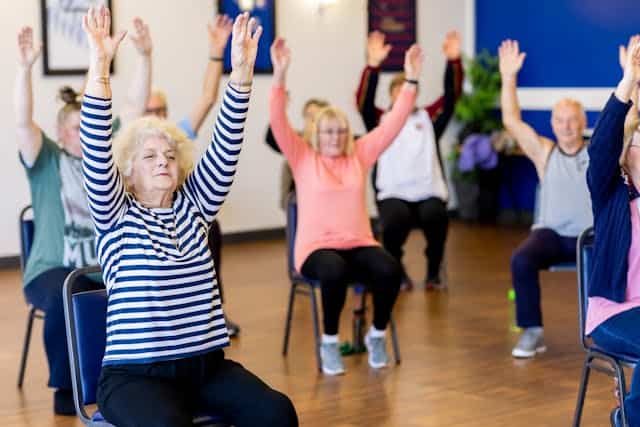
Associations Between Type and Timing of Physical Activity and Sedentary Behavior With Mental Health in Adolescents and Young Adults
June 28, 2023
Vigorously cited: a bibliometric analysis of the 100 most cited sedentary behaviour articles
July 12, 2023A review titled “Cost-effectiveness analysis of sedentary behaviour interventions in offices to reduce sitting time in Australian desk-based workers: A modelling study” was recently published in PLoS ONE. A summary of the article and citation details are re-posted below. The full article can be found here.
ABSTRACT
Objectives
Sedentary behaviour (SB) is associated with increased incidence of chronic diseases such as type 2 diabetes (T2D), cardiovascular disease, cancers, and premature mortality. SB interventions in workplaces are effective in reducing sitting time. Previous economic evaluations have not specifically used changes in sitting time to estimate the long-term impact of SB on chronic disease-related health and cost outcomes. This research evaluated the cost-effectiveness of three hypothetical SB interventions: behavioural (BI), environmental (EI) and multi-component intervention (MI), implemented in the Australian context, using a newly developed epidemiological model that estimates the impact of SB as a risk factor on long-term population health and associated cost outcomes.Method
Pathway analysis was used to identify the resource items associated with implementing each of the three interventions using a limited societal perspective (included costs: health sector, individuals and industry; excluded costs: productivity). The effectiveness of the modelled interventions in reducing daily sitting time (informed by published meta-analyses) was modelled for the Australian working population aged 20–65 years. A multi-cohort Markov model was developed to simulate the 2019 Australian population and estimate the incidence, prevalence and mortality of five diseases causally related to excessive sitting time, over the life course. Monte-Carlo simulations were used to calculate each intervention’s mean incremental costs and benefits (quantified as health adjusted life years HALYs) compared to a do-nothing comparator.Results
When implemented at the national level, the interventions were estimated to reach 1,018 organisations with 1,619,239 employees. The estimated incremental cost of SB interventions was A$159M (BI), A$688M (EI) and A$438M (MI) over a year. Incremental health-adjusted life years (HALYs) gained by BI, EI and MI were 604, 919 and 349, respectively. The mean ICER for BI was A$251,863 per HALY gained, A$737,307 for EI and A$1,250,426 for MI. Only BI had any probability (2%) of being cost-effective at a willingness-to-pay threshold of A$50,000 per HALY gained from a societal perspective.Conclusion
SB interventions are not cost-effective when a reduction in sitting time is the outcome measure of interest. The cost-effectiveness results are heavily driven by the cost of the sit-stand desks and the small HALYs gained from reducing sitting time. Future research should focus on capturing non-health-benefits of these interventions, such as productivity, work satisfaction, and other health benefits: metabolic, physical, and musculoskeletal outcomes. Importantly, the health benefits of simultaneously reducing sitting time and increasing standing time for such interventions should be captured with the joint effects of these risk factors appropriately considered.
CITATION
Nguyen P, Ananthapavan J, Gao L, Dunstan DW, Moodie M (2023) Cost-effectiveness analysis of sedentary behaviour interventions in offices to reduce sitting time in Australian desk-based workers: A modelling study. PLoS ONE 18(6): e0287710. https://doi.org/10.1371/journal.pone.0287710




